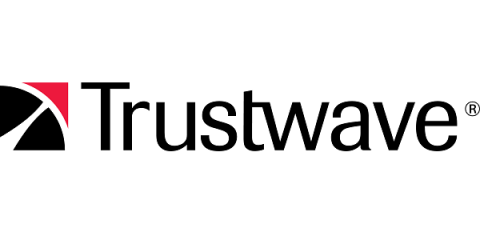Resurgence of BlackCat Ransomware
In today's rapidly evolving cyber landscape, modern adversaries constantly advance their methods to circumvent traditional defenses. At Trustwave, recent observations have unveiled the resurgence of the BlackCat group following its disruption by the US Justice Department on December 19, 2023.






